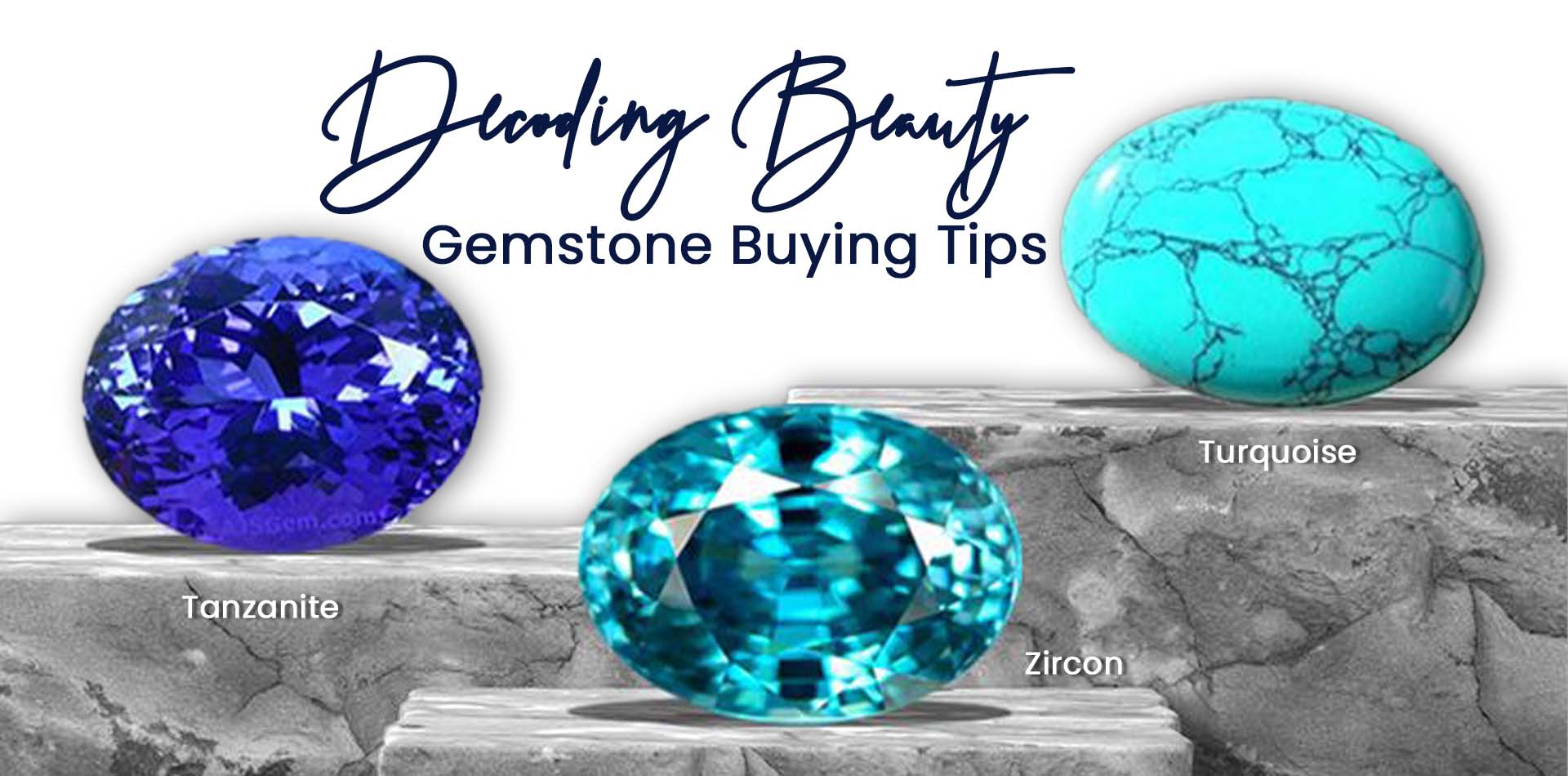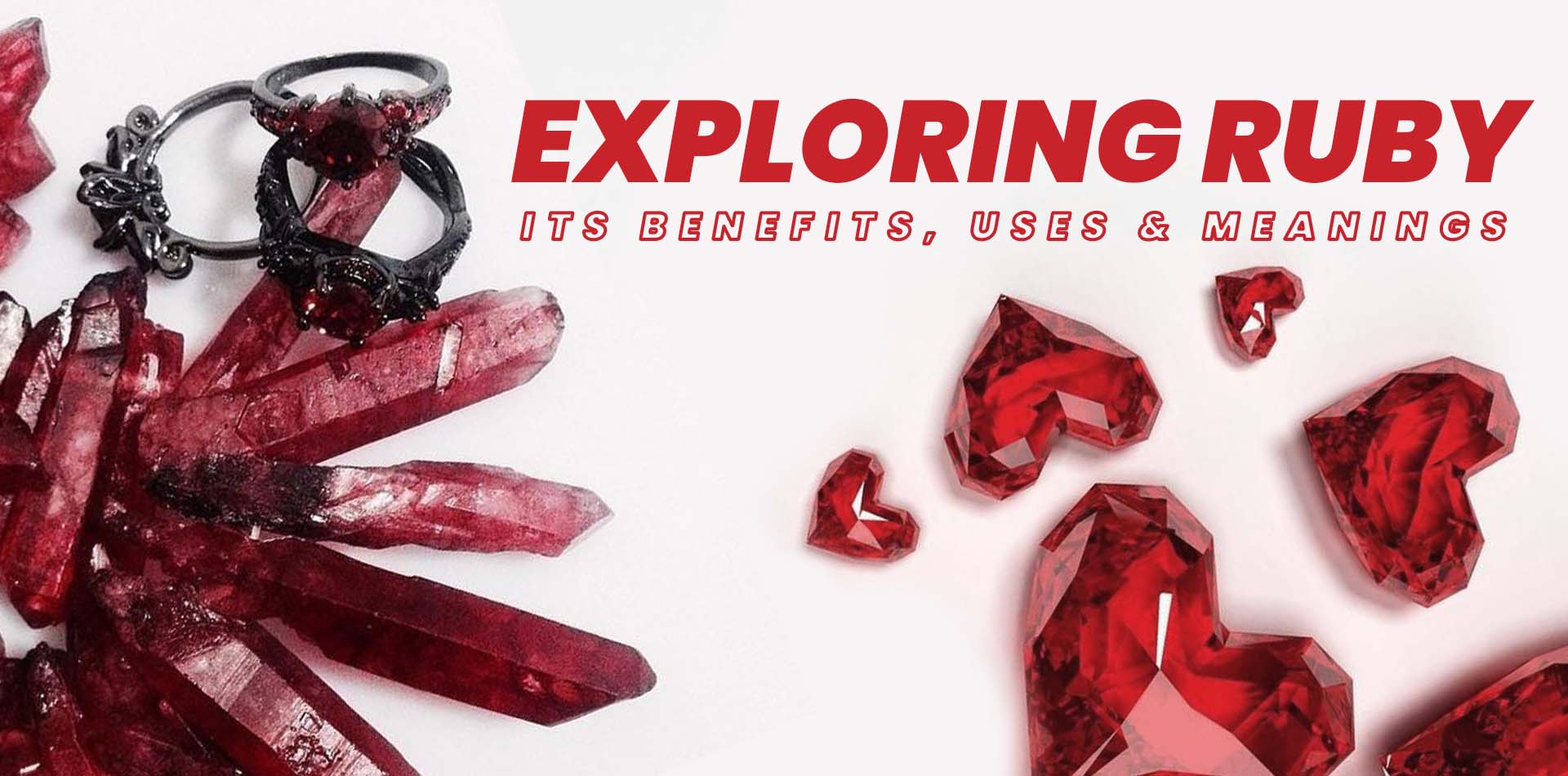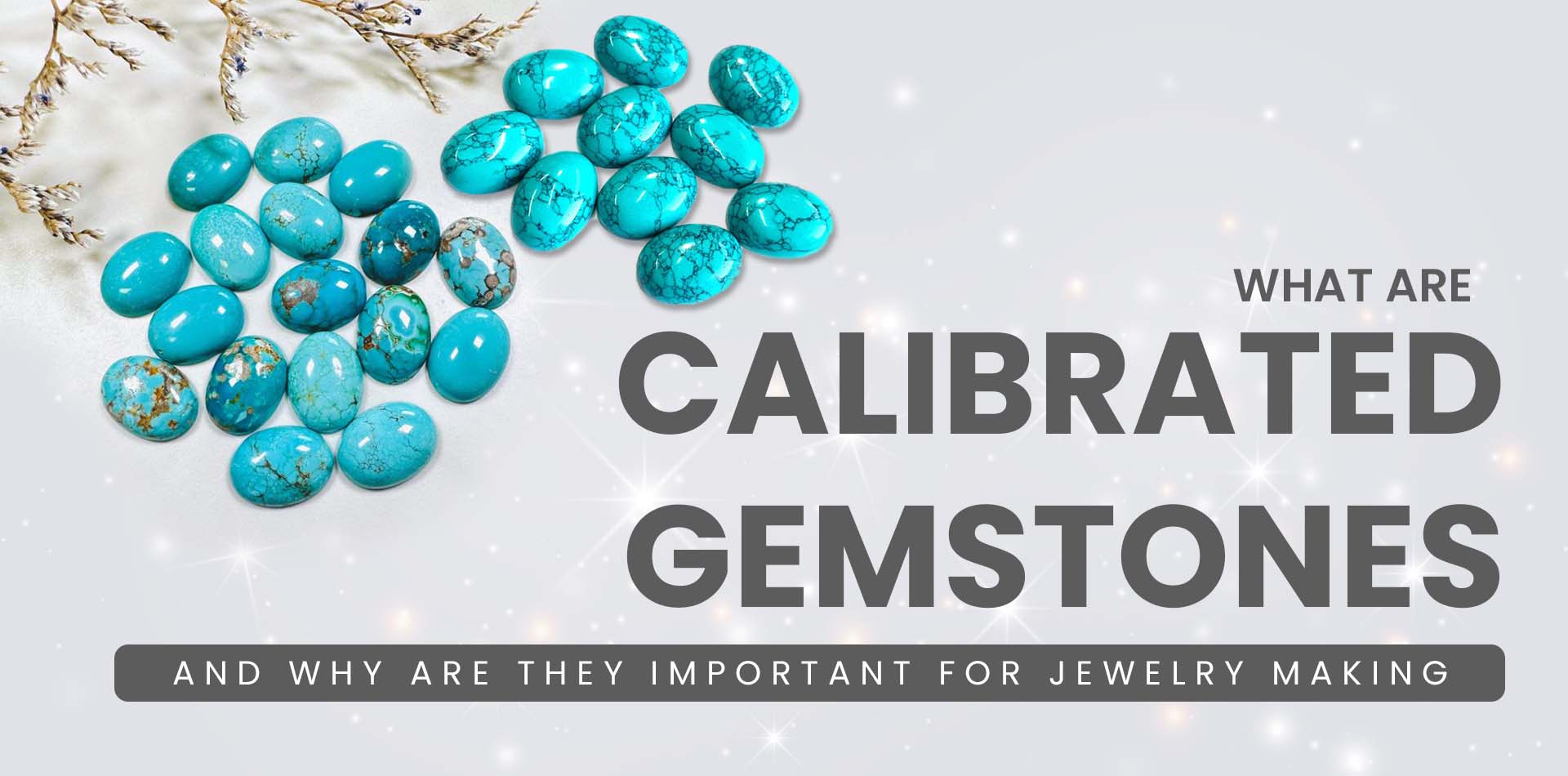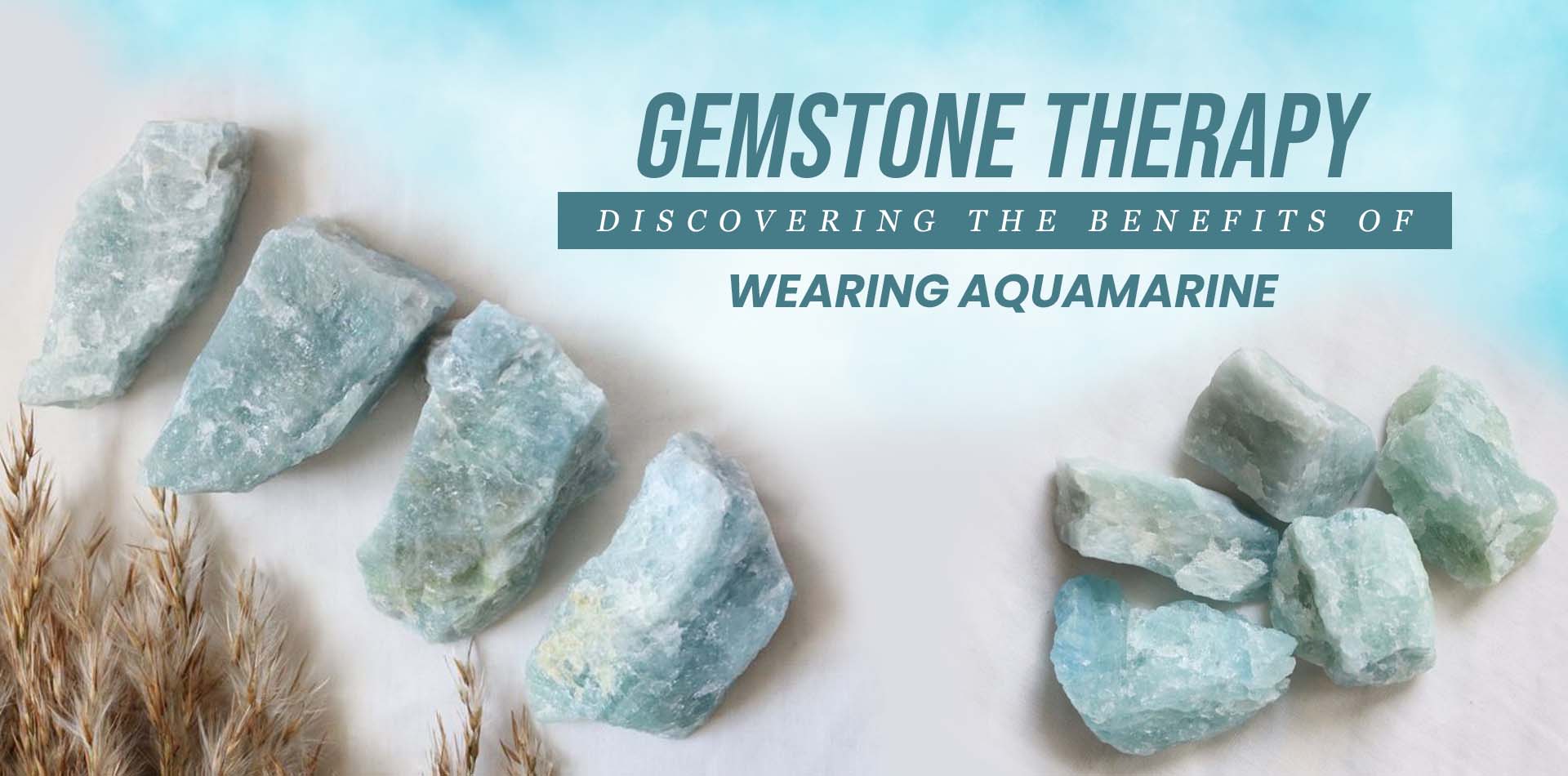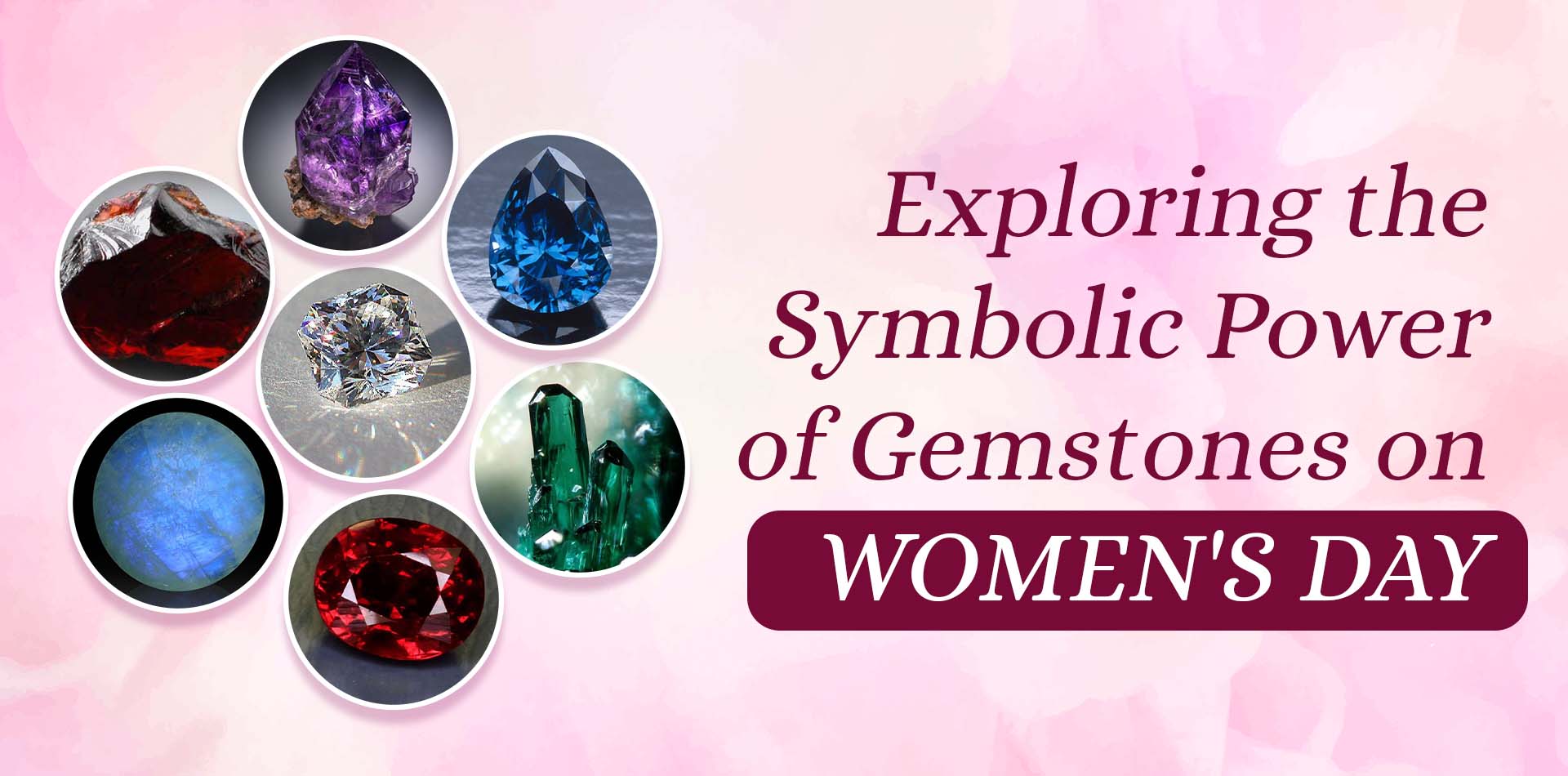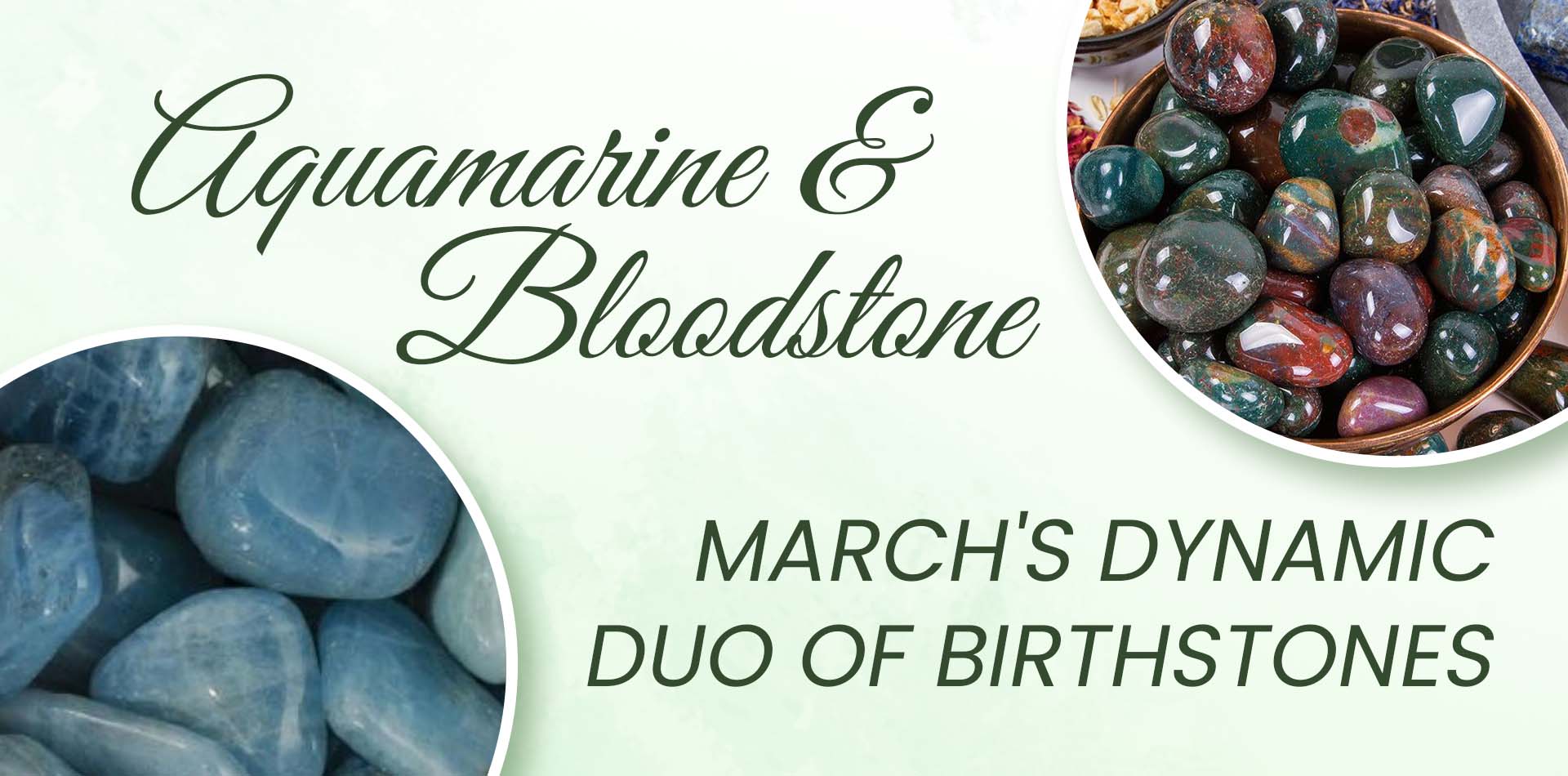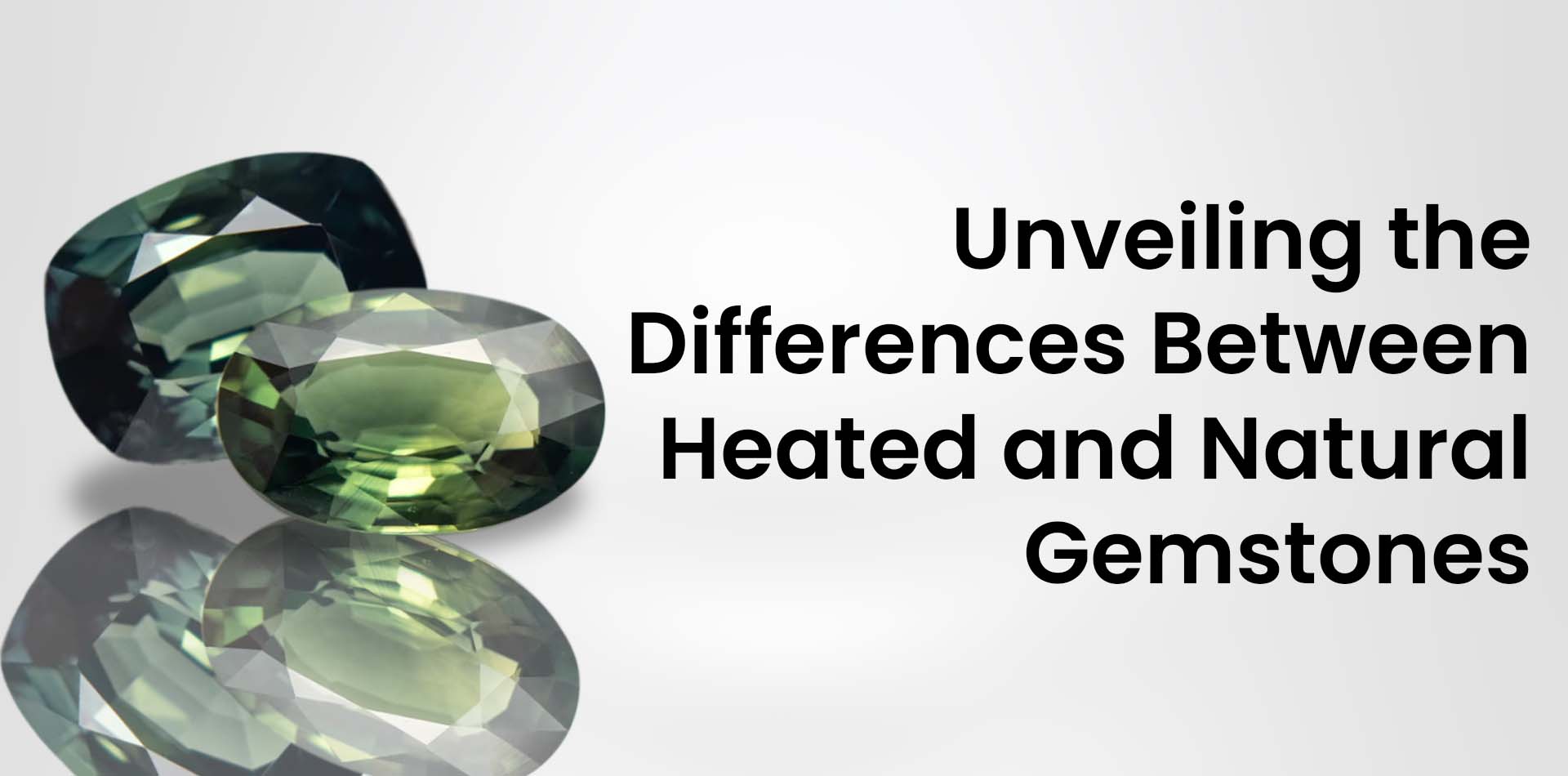 14Dec
14Dec Gemstones have long been prized for their remarkable hues and alluring beauty. Gem treatments are becoming increasingly common as technology develops and the market for uncommon and colorful gems rises. Heating and leaving gemstones in their natural form are two frequent ways to improve their look. The distinctions between Heated and Unheated Gemstones will be discussed in this article, along with how these treatments affect the price, scarcity, and moral issues related to these valuable stones.
Comprehending Heated Gemstones
- In the gemstone industry, heating gemstones is a commonly recognized procedure. In order to improve the stones' color, purity, and general look, they are heated to precisely controlled high temperatures. Many gemstones, such as tanzanite, sapphires, and rubies, can undergo heat treatment.
- Increasing or changing a gemstone's color is the main goal of heating them. For instance, heat treatment can turn a sapphire with a light tint into a vivid blue, increasing its consumer appeal.
- High temperatures can also aid in improving clarity and minimizing or removing interior impurities. It is especially common in rubies that have been heat-treated.
- Ruby, sapphire, tanzanite, aquamarine, and citrine are a few of the Heat-Treated Gems in Jewelry.
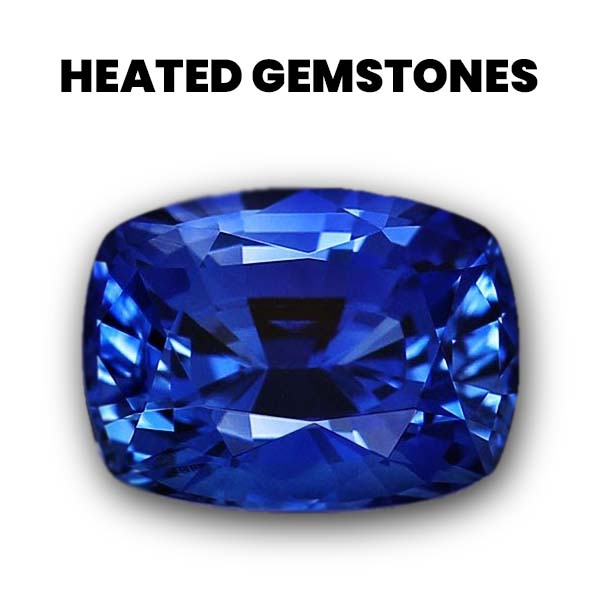
Comprehending Natural Stones
- In contrast, natural gemstones don't go through any artificial processes or Natural Gemstone Heating Process to improve their color or purity. They are extracted in their natural, unprocessed state from the earth. Because of their scarcity, distinctive qualities, and ability to represent the Earth's geological processes, natural gemstones are extremely valuable.
- The raw beauty of natural gemstones is what makes them so appealing. A natural gemstone's inclusions and colors can reveal details about its creation over millions of years.
- Natural gemstones are rarer and more valuable as they haven't been tampered with by humans. Their value is greatly increased by their scarcity.
Knowing the difference between heated and natural gemstones is essential for customers who want to be transparent about their purchases as well as gem enthusiasts. Despite their potential beauty, there are several notable differences between the two in terms of origin, look, and value. We shall examine the main differences that help distinguish between heated and natural gemstones in this investigation.
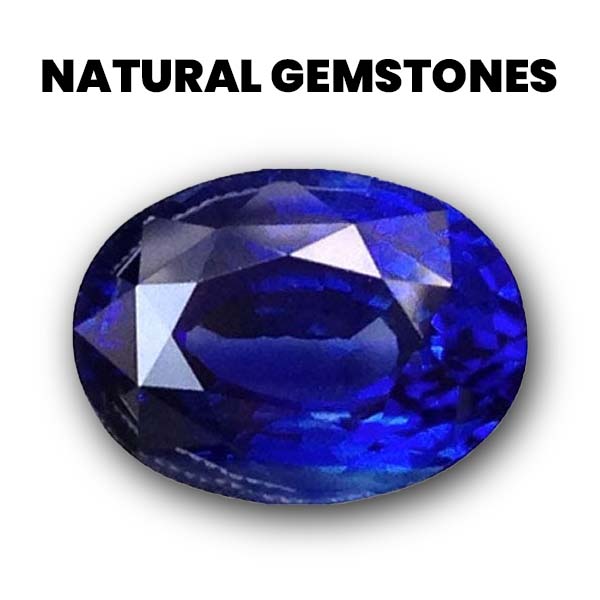
1. Conception and Source
Heated Stones
- Formation: Although they go through artificial enhancing methods, heated gemstones are frequently generated naturally within the Earth. Usually, the heat treatment intensifies the color or purity of the stones by simulating the natural conditions under which they form.
- Origin: Heat treatment is a human-induced technique that modifies the appearance of a gemstone, even though the original gemstone may have formed naturally.
Natural Stones
- Formation: Heat, pressure, and mineralization are combined in deep Earth geological processes that take long periods of time to produce natural gemstones.
- Origin: Without going through any artificial procedures, these diamonds are taken straight out of the Earth.
2. Visual Appeal:
Heated Stones
- Color Enhancement: Improving or changing the gem's color is one of the main goals of heat treatment. The colors of heated gemstones are frequently richer and more vivid than those of unheated gemstones.
- Enhancement of Clarity: Applying heat treatment can also lessen the visibility of inclusions, which enhances clarity.
Natural Stones
Natural gemstones are a beautiful example of the natural beauty that results from Earth's activities. They might have more varied hues and distinctive inclusions that provide a distinct geological narrative.
3. Consistency and Features:
Heated Stones:
- Inclusions: Certain characteristics, such as color zoning, gas bubbles, or residue from the heating process, can occasionally be seen in heated gemstones. These might be signs of fake therapy.
Natural Stones:
- Inclusions: Known as the gem's fingerprint, natural gemstones frequently have distinctive inclusions like crystals, gas bubbles, or other minerals. Natural gems can be distinguished from artificially treated gems by these inclusions.
4. Openness and Disclosure:
Heated Gemstones:
- Industry Guidelines: In the gemstone industry, heat treatment is widely accepted and is applied to a large number of jewels. On the other hand, customers must receive clear disclosures from ethical practices.
Natural Stones:
- Unmodified State: Sellers frequently highlight the authenticity and uniqueness of natural gemstones, which are highly valued for their unmodified state. In the market for natural gemstones, ethical sourcing and responsible mining techniques are becoming more and more crucial factors.
5. Cost and Appraisal Value
Heated Gemstones:
- Affordability: Because this treatment is so common, heated gemstones are frequently less expensive than their natural equivalents. Their market value might not be as high, though.
Natural Stones:
- Greater Value: Due to their uniqueness, scarcity, and the rising desire for unearthed, ethically sourced jewels, natural gemstones are valued more highly in the marketplace.
Gemstone Treatment Methods
The various treatments used to improve the durability, market value, and aesthetic appeal of precious stones are known as gemstone treatment methods.
- Heating is a common technique in which gemstones, such as rubies and sapphires, are subjected to carefully regulated high temperatures to change or intensify their color while also increasing clarity by minimizing impurities.
- Irradiation is the process of subjecting gems to radiation in order to produce vivid hues that might not otherwise occur. Blue topaz is a popular stone to undergo this treatment.
- Another technique is diffusion, which involves adding chemicals to gemstones like sapphires to change their hue. Gemstones such as emeralds are routinely treated with oil and resin to improve clarity and shine by sealing fractures. Corals and pearls can be bleached to remove or lighten unwanted colors. Some colored gemstones and diamonds undergo coating, which is the application of a thin layer to the surface for protection, shine, or color enhancement. A more sophisticated type that affects diamonds more deeply is lattice diffusion.
- Diamonds undergoing High-Pressure, High-Temperature (HPHT) treatment are exposed to harsh environments in order to change their hue. Understanding these treatments is essential for purchasers who desire transparency and want to make well-informed judgments in the complex world of gemstones. Each procedure has a specialized application.
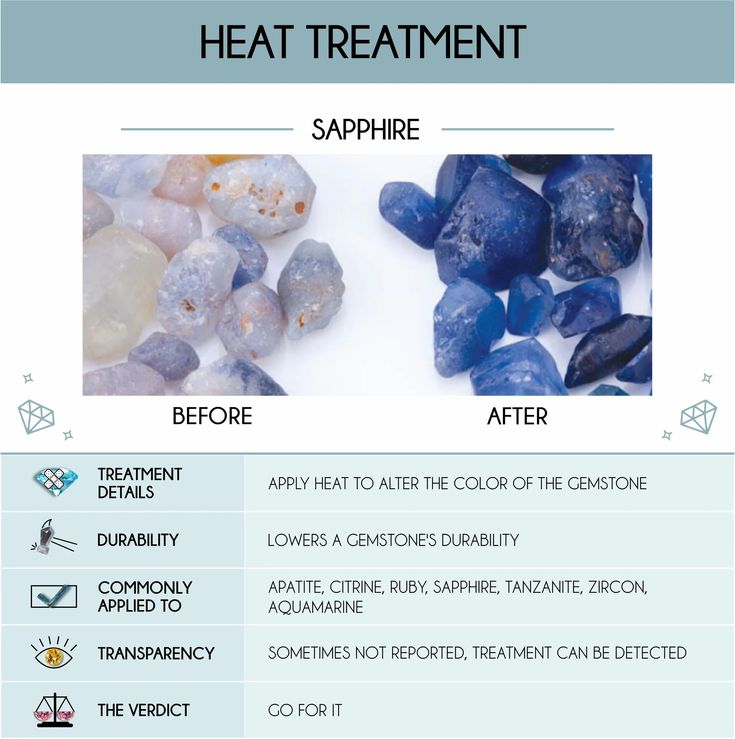
Conclusion
It takes an expert eye and knowledge of the distinctive qualities of each type of gemstone to distinguish between heated and natural gemstones. Natural gemstones captivate with their authenticity and geological past, whereas heated gemstones offer improved aesthetics at a more affordable price range. In the ever-changing world of gemstones, having knowledge enables consumers to make decisions that are consistent with their values and interests, regardless of whether they are drawn to the uniqueness of natural treasures or the vibrancy of treated gems. If you are looking for wholesale gemstones online, then find perfect gemstones at CabochonsForSale.


